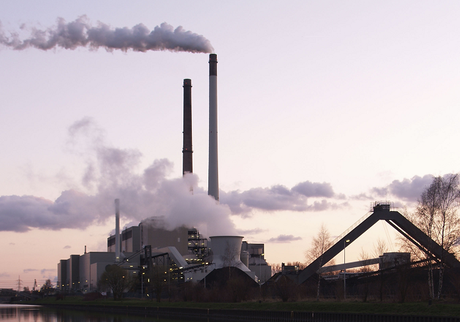
In the near future, power grids will only work effectively with energy or power systems with high flexibility. Meaning power systems with the ability to 'cycle on and off to follow changes in variable renewable energy plant outputs'. Why will this be important?
A better performing grid (smart grid) will have the ability to reach more people, and incorporate renewable energy sources. So how will coal plants survive in the future?
The new study from 21st Century Power explains:
Globally, new economic and political circumstances are reshaping power systems in favor of those that operate with greater flexibility and efficiency and incorporate renewable energy and demand response. Coal, which is widely perceived to provide only baseload power generation, remains a critical component in most power systems, and a new study shows that coal generation plants can be modified to fit within the new power sector and be a part of a cleaner energy system.
The report, Flexible Coal: Evolution from Baseload to Peaking Plant, summarizes the findings from a coal generating station that has been modified to operate more flexibly, with the ability to cycle on and off daily and run at low generation levels. The report was prepared by analysts from the U.S. Department of Energy's National Renewable Energy Laboratory (NREL) and Intertek for 21st Century Power Partnership.
"This study proves that coal can be part of a power system with high levels of renewable energy," said NREL's Jaquelin Cochran, a lead author of the report. "Coal plants can be modified to respond to the changing output of renewable energy and run at low levels when renewable electricity generation is high but demand is low, such as at night. There is a cost to this flexibility, but these costs can be minimized with strategic modifications and maintenance."
The power sector's transition to greater penetration levels of renewable energy, demand response, and other emerging technologies requires flexibility in terms of power generation; it will favor plants that can cycle on and off multiple times per day and be turned down to low levels.
The ability of other coal plant operators to replicate the flexibility of the studied plant will be instrumental in valuing coal in an increasingly low-carbon energy system, according to the study.
"Older coal units can still serve a purpose if they are operated flexibly," said Cochran.
Credits:
The publication was produced under direction of the 21st Century Power Partnership by the National Renewable Energy Laboratory (NREL).
About NREL:
NREL is the U.S. Department of Energy's primary national laboratory for renewable energy and energy efficiency research and development. NREL is operated for the Energy Department by The Alliance for Sustainable Energy, LLC.
About the 21st Century Power Partnership with NREL
The 21st Century Power Partnership aims to accelerate the global transformation of power systems. The Power Partnership is a multilateral effort of the Clean Energy Ministerial and serves as a platform for public-private collaboration to advance integrated policy, regulatory, financial, and technical solutions for the large-scale deployment of renewable energy in combination with deep energy efficiency and smart grid solutions.
Publication + Story + Image
